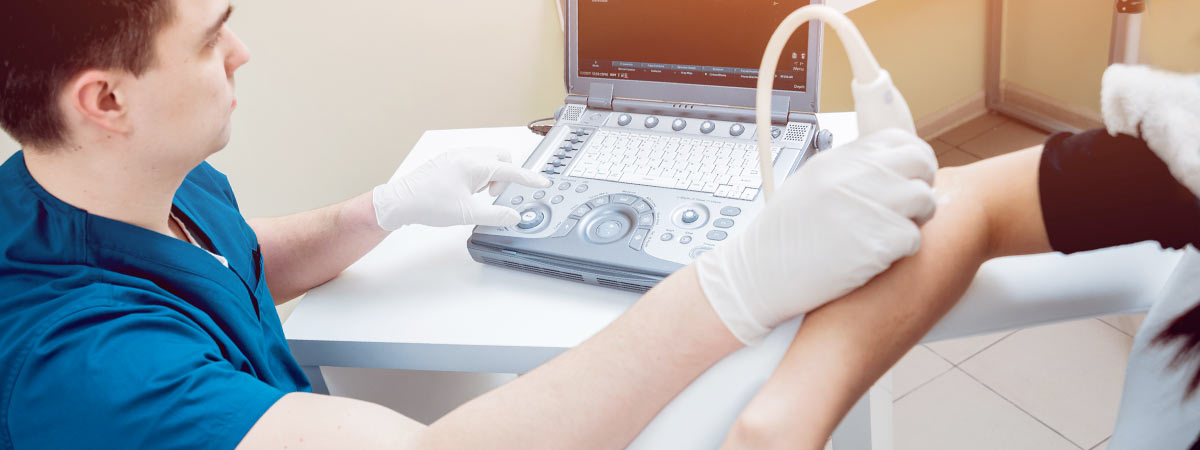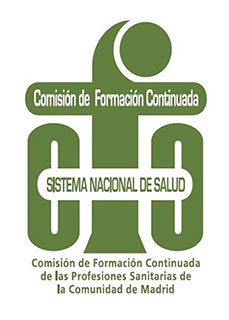Course on E-Fast Emergency Ultrasound

Clinical ultrasound is justified in the Emergency Department and Emergency Room because healthcare personnel can answer key questions that allow them to orient their patient as much as possible
image signal of different tones, between white (hyperechogenic: gas, bone surface) and black (anechoic: liquid) depending on the different degrees of absorption. and ultrasound reflection.
In the 1990s, it began to be used by physicians, not necessarily radiologists, to search for post-traumatic abdominal and thoracic injuries.
In the second half of the same decade, the term FAST (Focused Abdominal Ultrasound in Trauma) was modified from the acronym A for "abdominal" to A for Assessment.
So, the E-FAST became Extended Focused Assessment Ultrasound in Trauma. On a patient with an abrupt-appearing clinical case treated at the accident site, an emergency ultrasound with the E-FAST protocol allows diagnostic guidance, optimizes the management of critical situations, and orients referral to the most convenient hospital service.
Curriculum
Course on E-Fast Emergency Ultrasound
The workshop takes place in one day
- 09:00 - 10:15 Normal and pathological ultrasound of the abdomen.
- 10:15 - 10:30 Break.
- 10:30 - 12:00 Abdominal ultrasound practice.
- 12:00 - 13:00 Videos and practical presentation of patients with abdominal pathology.
- 13:00 - 14:00 Lunch.
- 14:00 - 15:30 Ultrasound of the FAST-PREP protocol and Pleuro-pulmonary ECHO.
- 15:30 - 16: FAST-PREP protocol practices in emergencies.
- • 16:30 - 17:00 Break.
- 17:00 - 18:15 Practical exam.
- 18:15 --18: 30 Conclusions and closing of the course.
Profesors
Instructors
More Academic Info
Dirigido a:
Competencias
At the end of the practical workshop, the student will be able to:
- 1.- Detect the existence of intraperitoneal fluid.
- 2.- Know how to detect the existence of pericardial effusion.
- 3.- Be able to detect the existence of air or intrapleural fluid.
- 4.- Visualize the existence of an abdominal aneurysm.
- 5.- Be able to detect a dilation of the urinary tract.
- 6.- Be able to detect the presence of a bladder balloon.
- 7.- Detect a ruptured spleen.
Objectives
- Provide students with the skills and competences necessary to understand the basic concepts of ultrasounds (physical principles-ultrasound images).
- Know how to interpret abdominal ultrasound anatomy.
- Be able to respond clearly and objectively to most emergency situations.
Methodology
Course with a face-to-face workshop structure of 8 hours, in which the basic theoretical concepts will be taught at the beginning of the course and before each practical exercise.
Basic skills are acquired to understand the physical principles of ultrasound imaging by practicing the maneuvers to be acquired, on a rotating basis with a reduced number of students for each accredited instructor.
The competences to be learned in order to apply an E-FAST emergency ultrasound are taught in a practical way.
The evaluation includes:
- Completing the mandatory face-to-face attendance of the course hours.
- CStudents have to successfully pass the practical assessment.
- Post-training assessment survey on satisfaction of expectations.


